
6 minute read
On the way to becoming a runner
Here are a few tips that newbies should strongly consider.
Story: Carrie Tollefson
When I started running at the age of 12, it wasn’t because I loved the sport or because I recognized my untapped potential. I had an older sister on the high school cross country team, and when you grow up in a small town, everybody has an opportunity to participate.
I didn’t even know I was fast at first. I could tell I was toward the front of a lot of races. I even won a few that first year. But what I really loved was the fresh air and the feeling of running. I loved being with people and talking about getting faster. I wasn’t concerned with beating other runners. I just wanted to beat my best time.
Running has taken me a long way since then, including to the 2004 Olympics in Athens, Greece, but even now that I’m retired from competition, I love running because it has something for everyone. You don’t have to be an elite athlete. You don’t even have to run. You just need to get up and go. Whether you’re training for a marathon or 5K or just want to get out and walk more often, it’s the easiest way to increase your activity level and develop a healthier lifestyle.
So, what’s the secret to getting off the couch and onto your local trails? Here are some quick tips to help you get moving and push through some common obstacles.
START WITH THE RIGHT GEAR. Shoes are the obvious place to start, and while running doesn’t require the most expensive shoes on the those shoes online. There are plenty of specialty running stores staffed by employees who can identify the the details of an individual’s stride. That’s especially important if, like spend the bulk of your day sitting. If you’re interested in increasing your
help you treat your feet right.
There are a few other pieces of gear to consider before you lace up and go. A good pair of running shorts, a good shirt, a sports bra for women, a brimmed hat for sun protection and a nice rain jacket will make running more enjoyable.
2 3 4 5
SET A GOAL . Getting up from the couch isn’t easy for everyone, and for some, just walking more often is a big step. Motivate yourself by setting goals and creating challenges that encourage progress. That could include daily goals for steps, distance or time; a training run/walk; or something completely different. Just make sure it’s but not so daunting it keeps you from ever getting started.
One tool that can help you set and achieve goals is virtual, on-demand create training plans that work for runners of all levels and provide expert instruction and motivation to keep you moving toward your goal.
KEEP IT REALISTIC. You’re trying into the next great distance runner. Challenges and goals are powerful motivators, but it’s also important to understand that everybody has an off day. Sometimes people are afraid to commit to a workout plan because they feel bad when they miss a day or fail to meet their goal. The truth is, even Olympians have days when they’re not feeling it. It’s OK if you don’t go as far or as fast as you wanted to on a given day. Pushing too hard leads to injury and burnout. Listen to your body. It will let you know when it’s time to take it easy.
A solid training plan and classes that focus on stretching and recovery are also good ways to take care of your body as you adjust to this new level of activity.
FIND YOUR SUPPORT SYSTEM. One of the easiest ways to keep you on track. You’re more likely to get out and run—and stay committed to a goal—if you know you aren’t alone. Find a friend who will commit ways to train together. a voice in your ear encouraging you and keeping you on pace. In addition, it allows friends at different skill levels to work out side by side on treadmills, each completing the same training plan at your own pace.
FIND THE TIME. Everyone has different preferences when it comes to choosing a time to exercise. I love schedule, the more likely you are to stick with it. instruction without requiring them to plan their lives around a you’re ready, you can pop on your headphones and go.
I know plenty of people who prefer to run after work or in the evening. running time. Are you an early riser?
Expensive or not?

Buying organic food is worth the cost.
Story: Adita Yrizarry-Lang
Health coaching is such an interesting profession. Most individuals are not ready to toss their unhealthy habits to the side. They create excuses, stories and even fallacies to justify their choices and then throw their arms up in the air when their weight or health doesn’t make a drastic change for the better. I’ve been a health coach for more than 30 years and I have heard it all with one common theme: how much is all of this organic food going to cost me?
Honestly, I never paid too much attention to what I was spending for the family. I rationalized it from the preventive medicine point of view and felt confident I was choosing the best foods for us and for our health. In the worst-case scenario, I knew I could cut corners by not buying as many fancy shoes as I used to. I simply prioritized quality foods and that was the most important thing to me.
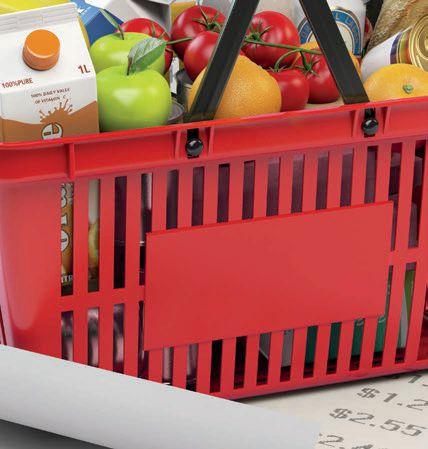

Two years ago, life threw me a curve ball, and for the first time in years, I had to pay attention to my spending. This was the best test ever to see what I was spending on food for me and my two kids. I know food is fuel, and it’s important to me to offer the best fuel for my family. I knew I couldn’t be as frivolous with my spending, but I wasn’t sure where to start. After much deliberation, here is what I learned:


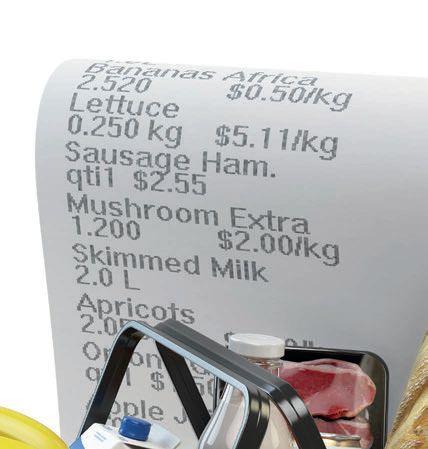
• Make a plan for the week. The old me used to buy just to buy. I had no real plan and with that came plenty of spoilage as the week went on. Now, I have set up a system and a menu for my week. I buy on a Sunday and by Friday, we have slim pickings left but just enough in the freezer to get me to Sunday once again; all of this with minimal spoilage and no unneeded extras.
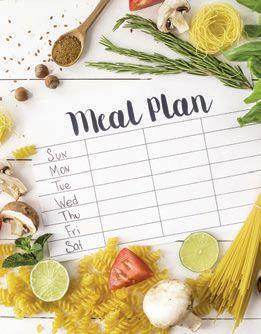
• Packaged foods. These are typically the most expensive, not because each item is expensive, but because these items may or may not be used during the week. These are snacks, baking goods and, basically, won’t. These are the things you buy just in case you have guests or because you are curious about how they taste. They bring along unamount of nutrition. Unfortunately, it’s money not very well spent. (Right now, go take a look in your pantry to see how much stuff you have that is more than a month old. Next, add up those dollars and see where your money is being spent.)
I challenge you to rethink buying organic. Many believe that it will break the bank with little return. Honestly, I much prefer organics than foods doused in bug spray and other chemical cocktails, not to mention the array of packaged foods that are sitting in the pantry. Most of these are unopened or partially opened; either way, they are dollars that are not being used for the best interest of the family.
• Become creative. I have never liked leftovers; it’s just a personal thing. The new me will accept them for the next day as long as I can create something that is tasty and different from the last meal. It’s a weird challenge I have given myself. Take last night’s chicken leftovers; today I have chopped and sautéed it with garlic, tomatoes, basil and a few other veggies. Then I tossed it all in with spaghetti squash—new meal with new flavors, while leaving nothing to waste.
• And the grand total is .... Keep in mind all my ingredients are organic and I choose animal proteins that are of the best quality as well. Here is a typical meal that I serve for me and my kids: a tray of organic, pasture-fed, free-range chicken, $7; freshly made black beans, $4; jasmine rice, $2; Brussels sprouts, $4; and miscellaneous veggies for cooking and flavor, $3. Feeding me and my two kids cost only $20 and this included a few leftovers. That is $6.67 each for a fully organic meal—not bad!
Take a moment to investigate your pantry and look at spoilage, expiration dates and unused items. This will give you a clearer picture of your family spending.

As you begin to reorganize yourself and your kitchen, think of your refrigerator this way: the refrigerator is for fresh items, so by the end of the week, it should look pretty empty. The freezer is a backup, so when the fridge goes empty, you still can create a great meal from the freezer. And the pantry is for seasonings, dry goods and packaged items that will be used during the week (FYI, the pantry should not be jammed pack. If so, please reevaluate).
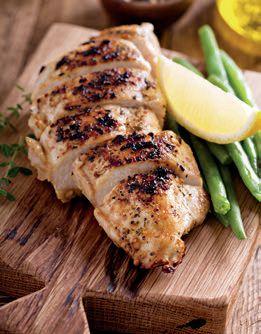
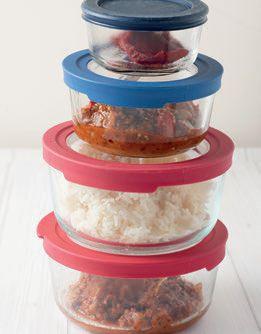
Your family kitchen is the epicenter of health for the household. Remember, food is fuel. Choose foods that will empower the health of you and your family for a lifetime.
ABOUT THE WRITER → Adita Yrizarry-Lang is author of “SuperPowers: A Busy Woman’s Guide to Health & Happiness” and “SuperPowers of the










